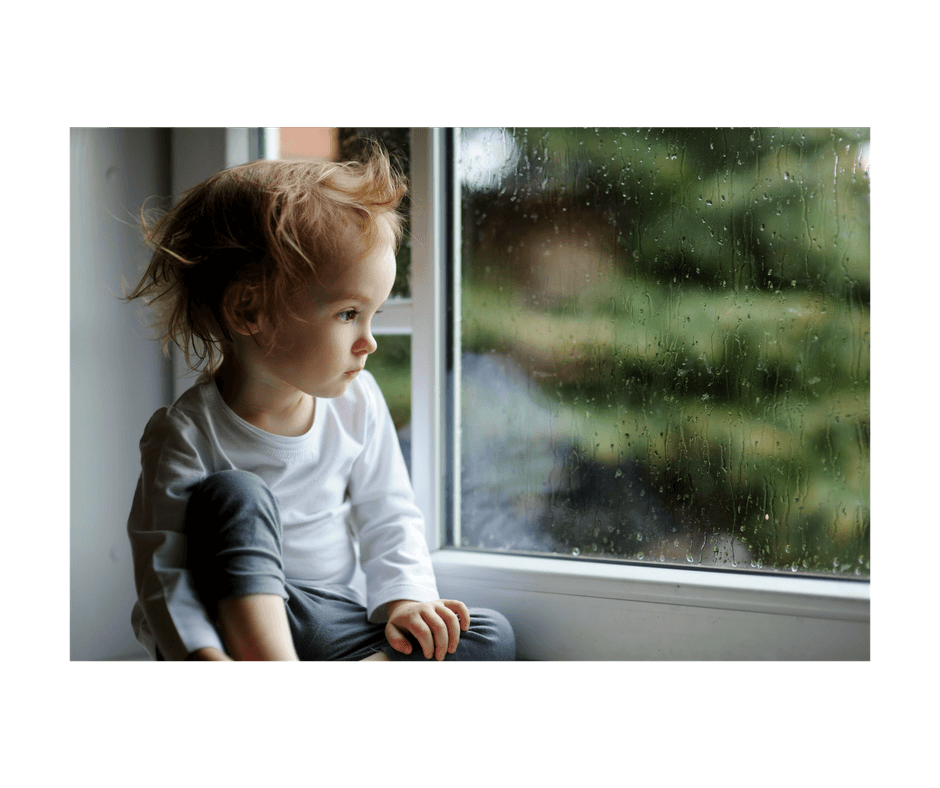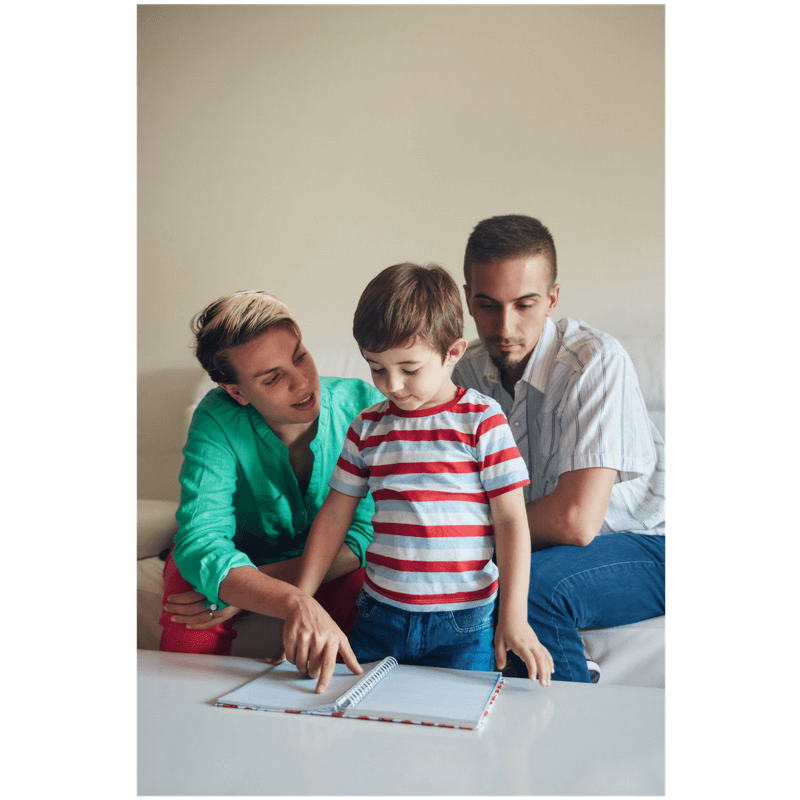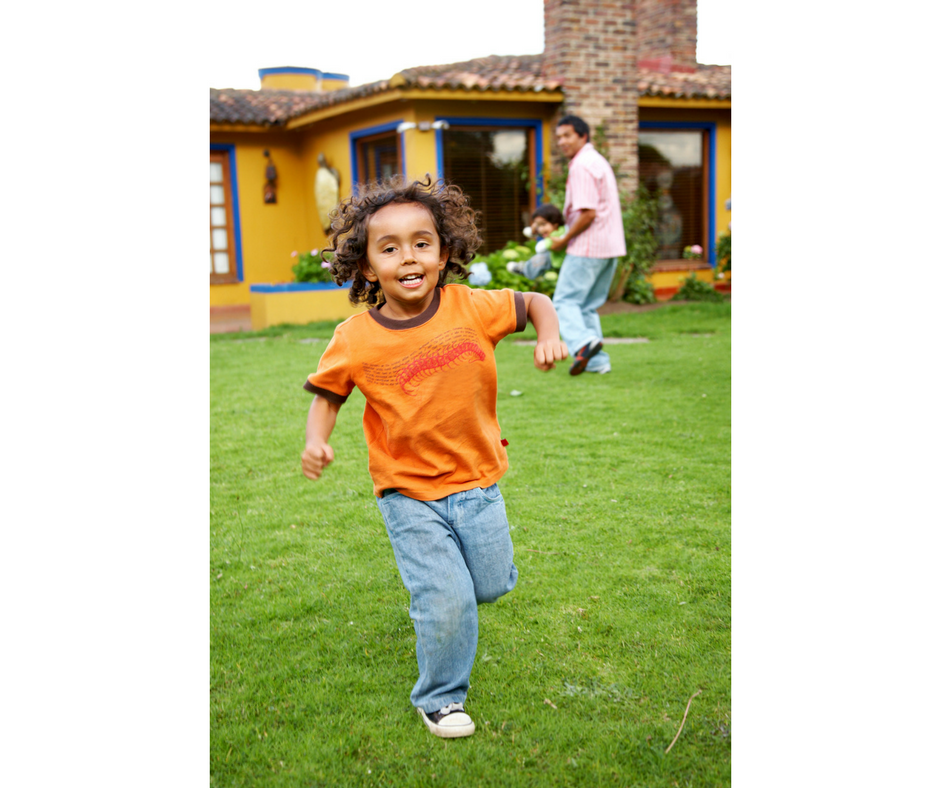Moving to a new home and neighborhood is quite a stressful experience. Whether you’re single or married and have a family, moving is a monumental event that comes with stress and excitement. Moving to a new home means restarting in many ways for people, from packing up all your belongings to having to adjust to a new city and discover what is around you. If moving is stressful for you, imagine how it feels for your child. Moving holds many unknowns for your child and can make them feel uneasy, stressed, angry, or sad. Most children don’t know or understand what moving to a new home will mean for them. Are they losing their favorite toys? Are they losing their friends? Are they never going to eat at their favorite pizza place again with their parents? Children can also easily pick up on how their parents feel, which plays a significant role in how your child reacts and transitions during this big move. Here are some helpful tips in preparing your child for the move:
- Inform your child about the move or bring up the idea of moving ahead of time.
- Look for houses together.
- Discuss things you all want from the new home.
- Visit all your favorite places in your old neighborhood.
- Make a memory “bye-bye” book.

1. Inform your child about the move or bring up the idea of moving ahead of time.
You have either already decided that you and your family are moving to a new home or are in the phase of juggling the thought in your mind. Whatever it may be, it is always important to include your child in the conversation. Keep in mind your child may have strong feelings when you tell him or her that you and the family are moving. He may feel upset or sad. This is okay. Acknowledge and validate your child’s feelings. Even if you may feel excited at that point, your child might not yet understand what the move means for him and may feel angry. Listen. Reassure him that you will be there for him through every step of the move.

2. Look for houses together.
After talking to your child about moving to a new home, you can consider including your child in the process of looking for new homes. This can mean your child tagging along with you when you visit possible new homes or giving you opinions on homes you search up online. Including your child in this process will give your child some comfort in knowing she has some control in what is going to happen and helps ease the feeling of unpredictability.

3. Discuss things you all want from the new home.
When looking for houses, you can have an open and fun conversation with your family about the different things you want from the new home. For example, your child might mention wanting a big yard to play outside or mention wanting the house to be close to a beach. You might want it to be closer to your workplace. Your partner may want the house to have a certain number of rooms. This type of open discussion keeps everyone included and makes everyone feel like they are being heard during this monumental transition for the family. It also opens the door to making compromises that will benefit the family as a whole and better prepare your child for the move.

4. Visit all your favorite places in your old neighborhood.
It is great for you and your child to begin to process the “good-bye.” There are probably many memories held within your old home and the neighborhood, which can make this process a bit difficult for your child. You can begin this process by visiting all your favorite spots in town. You can reassure your child that it may not mean that you’ll never visit again, but that it may be some time before you’ll be back. Spending time, having fun, and seeing familiar faces at your old favorite spots will be a fun activity to begin the process of saying “goodbye” and preparing to say “hello” to the new adventures of the new home.

5. Make a memory “bye-bye” book.
To further help your child process the goodbye to his old home and neighborhood, you can sit with your child and help him make a special “bye-bye” book. Print out pictures of the old home and of time you spent together. Glue these pictures to some card stock paper and write captions. You can turn this book into a special story that details why you are moving, how everyone might feel, when you are moving, etc. The book can begin with a photo of your family at the old home and end with a photo of your family at your new home. The ending of the book should be a happy ending and highlight the exciting things that are to come in the new home.
Written by Marilee Hartling and Daniel Munoz


Recent Comments